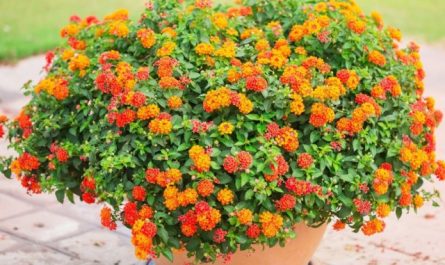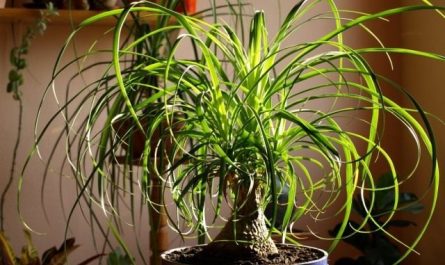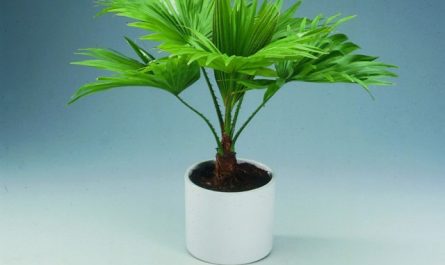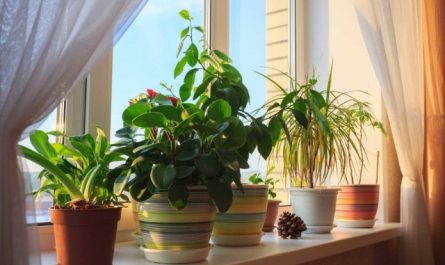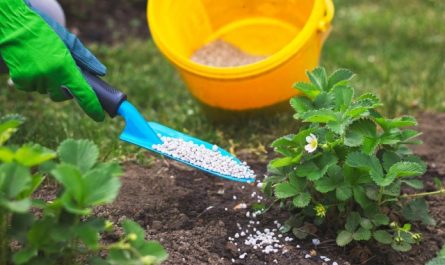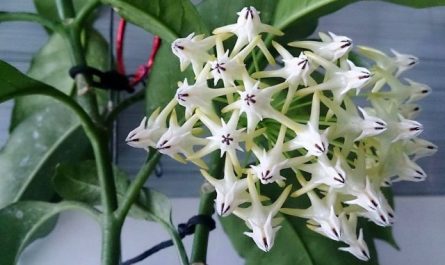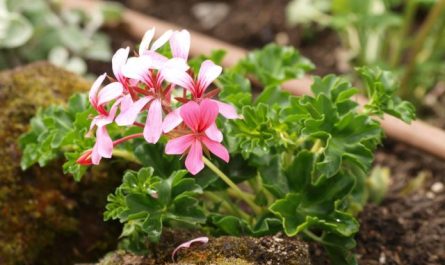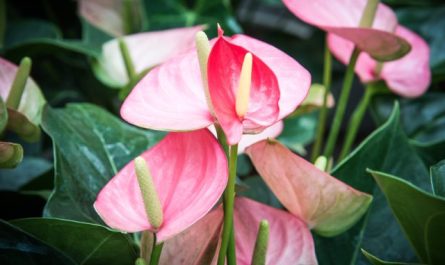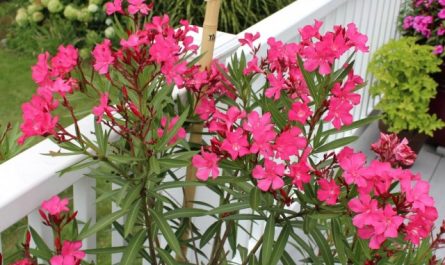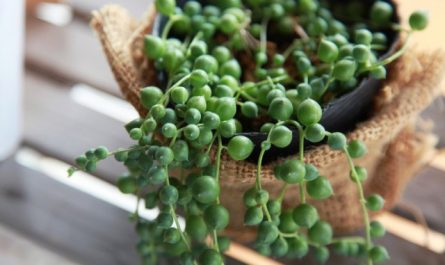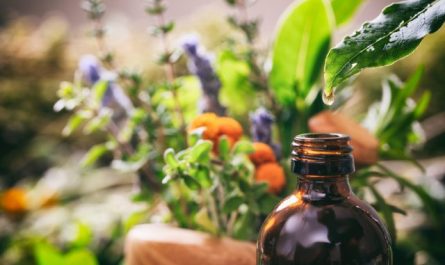Predators are not friends with humans. Of the animals, only two have been domesticated – a dog and a cat. Growing predatory plants in a room also requires some effort: they require the care of an experienced gardener. But how interesting it is to watch them!

© that
The halves of the trap leaves resemble open jaws bristling with rows of sharp teeth. And indeed: as soon as a fly lands on their surface, the jaws instantly close, and the plant begins the digestive process…
Why do flowers eat insects?? Of course, not because of bloodthirstiness. They simply have long settled on poor soils that are unable to provide sufficient nutrients. So they have learned to get food themselves…

© H. Zell
It is worth having a flycatcher in the house. It is beautiful, original, and the moment of hunting is an unforgettable sight! After all, the jaws snap shut sharply and tightly, hermetically, at this moment the flower resembles a living creature. It takes about half a minute for the “predator” to analyze the victim. If, for example, a drop of water falls on the leaf, the jaws will “hospitably” open again… And if it is an insect, the closed leaf will immediately turn into a stomach. Apparently, the digestion process in the flycatcher is not so fast – the trap will open again only after a few days. The whole procedure can occur no more than four times, then the leaf dies. But its functions have already been taken over by another – the flycatcher does not starve.
So where to start?? Perhaps, it will be difficult to buy a green predator in a store – the demand for flycatchers is low. Nevertheless, it is quite possible to acquire a plant. Where to put it? The flycatcher is capricious. It likes light, but not bright. Give it fresh air, but without drafts. So the best place is an empty aquarium, which needs to be shaded during the “direct” sun.

© H. Zell
If these conditions are met, the flycatcher will retain its magnificent decorative qualities throughout the spring and summer, and will delight you with unusually beautiful flowers twice a year. The plant’s enemies are dry air and high temperatures.
Watering is not that simple. On the one hand, the plant will die very quickly from dryness, the soil should be constantly moist. In spring and summer, soft water is needed, during the dormant period, watering is minimal. Some experts even recommend immersing the pot in water (the water level is 2 cm above the edge of the pot) for half an hour during the watering period.
On the other hand, we must not forget that the plant does not receive the bulk of its nutrients from the soil, so if the flytrap has enough animal food, do not overdo it with watering, just monitor the soil moisture.

© Underground
Three mandatory conditions. No fertilizers or top dressing. No dead flies – the plant feeds exclusively on live insects and not very often. No, not even the slightest touch to the trap leaves!
Maintain air humidity at 70%, this is easier to do in an aquarium. Spray the plant regularly.
In winter, the air temperature should not exceed 7 degrees. In spring, gradually accustom to the sun. Reproduction – by roots and leaf cuttings. You can also use seeds, but this is too difficult. Substrate – as for any marsh plant: peat, perlite and sand in a combination of 4:2:1.
As I have already said, keeping a flytrap in the house is difficult even if all the rules are followed. In general, insectivorous plants do not live long. And yet they are bred with pleasure! Because they are interesting to watch. Much more interesting than the traditional perennial inhabitants of our windowsills.
Plants like the flycatcher are not just exotic, they allow you to touch the secrets of nature, to observe rare, interesting phenomena, such as, for example, the feeding of a flower by insects.
Write about your curiosities.
